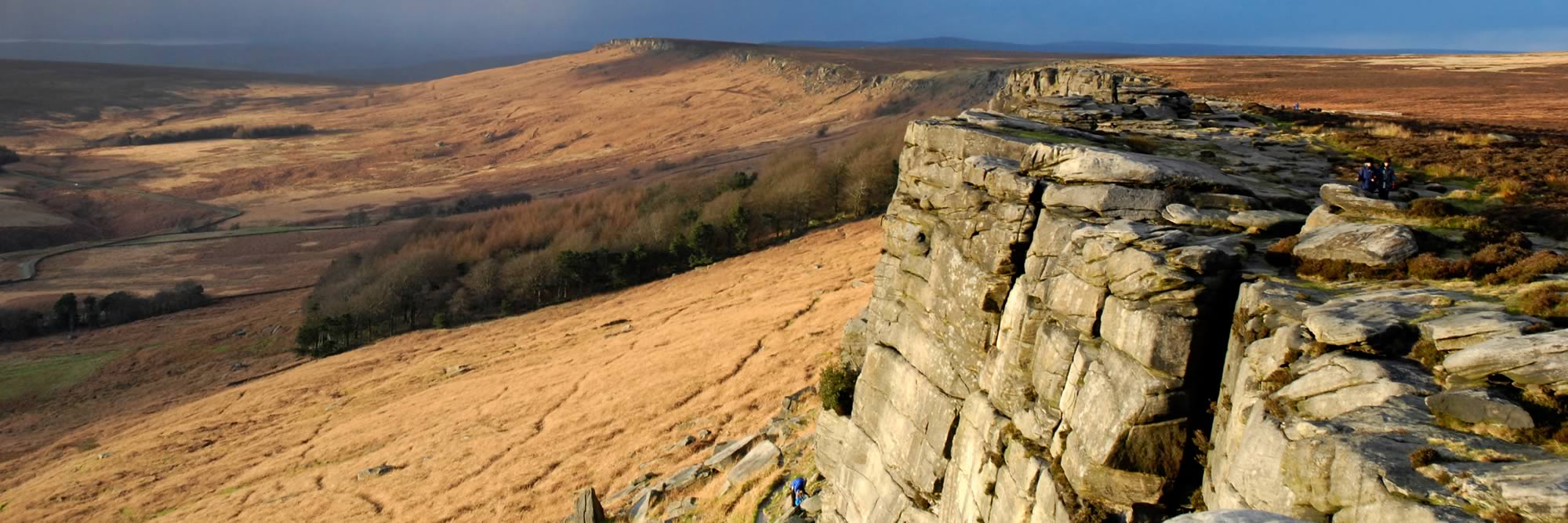
The national parks have some of the best climbing areas in Britain, from traditional routes like Stanage Edge in the Peak District and the fells in the Lake District (where the sport of rock climbing allegedly began), to bouldering on rocky tors and cliff scrambling above crashing waves. Indoor walls, activity centres and mountain guides make sure that beginners get a safe introduction to climbing.
The Snowdonia mountains offer the highest peaks in Wales, reaching to 1,085 metres at the top of Snowdon. There are over 400 climbs in the Brecon Beacons National Park up to 886m at Pen y Fan, and the Lake District is home to the highest peak in England, Scafell Pike at 978m as well as hundreds of routes at all levels. The Trossachs include 1174m-high Ben More as well as Ben Lomond overlooking Loch Lomond, whilst the Cairngorms climb to a staggering 1309m at Ben Macdui, providing snow and ice climbing in the winter. All these national parks have a range of routes from beginners to expert.
The cliffs of Pembrokeshire Coast offer spectacular climbing. Amongst the stacks, blowholes and arches you can see dolphins, seals and many seabirds. There are some climbing restrictions when birds are nesting, so check before you go with the British Mountaineering Council

With a mixture of gritstone and limestone the Pennine hills offer a huge array of routes at all levels. Tackle the ‘big three’ of Kilnsey, Malham Cove and Gordale Scar in the Yorkshire Dales, or try iconic Stanage Edge and the Roaches in the Peak District for challenging expert routes.
Indoor climbing lets you stretch your climbing skills in a safe environment, with instructors on hand to help hone your technique. There are indoor climbing centres in the Brecon Beacons, Cairngorms, Lake District, Peak District, Pembrokeshire Coast and Snowdonia National Parks.